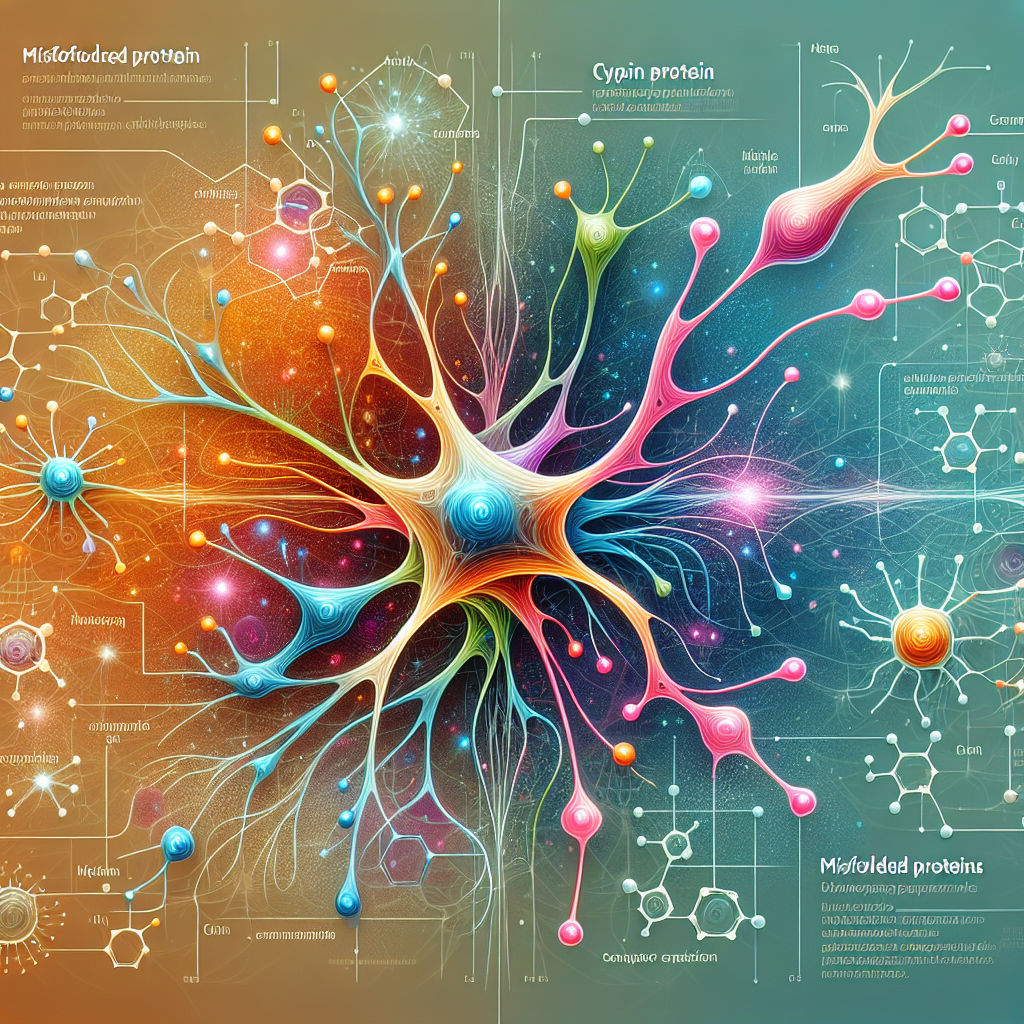
Progress in Understanding Alzheimer’s Disease: the Role of Proteins
Recent advances in neuroscience have revealed groundbreaking insights into Alzheimer’s disease and various other neurological disorders. These findings have the potential to transform our understanding and treatment of conditions that affect millions of people worldwide.
Alzheimer’s Disease: Unveiling Hidden Proteins
One of the major hurdles in the fight against Alzheimer’s disease has been understanding the role of various proteins in its progression. A recent study has shattered traditional notions by identifying over 200 previously hidden proteins in the brains of aging rats suffering from cognitive decline. These misfolded proteins, which have avoided detection for so long, provide new clues into the less visible aspects of the disease.
Unlike the well-known amyloid plaques and tau tangles associated with Alzheimer’s, these ‘stealth’ proteins don’t clump into detectable masses. Yet, they could be responsible for significant neural damage by evading the brain’s natural defenses, thereby impairing memory and cognitive functions.
The Role of Cypin in Neural Connectivity
In parallel, another study has highlighted the role of a protein called cypin, which is pivotal in fostering connections between neurons. Cypin’s function in tagging proteins at synapses and working with the brain’s recycling systems could open new avenues for enhancing brain resilience and cognitive health, offering hope for Alzheimer’s, Parkinson’s, and other neurodegenerative diseases.
Breakthroughs in Neurological Research
Growing Diversity of Brain Cell Types
Researchers at ETH Zurich have recently developed a method to create over 400 different brain cell types from stem cells in the lab. This development far exceeds prior capabilities and mirrors the brain’s complexity, offering major promise for studying diseases and testing potential treatments under more realistic conditions.
Advancements in Fast-Tracking Immune Responses
In related work, scientists at Scripps Research have introduced a revolutionary microchip that can analyze immune responses in a fraction of the time previously required. By using just a small blood sample, this technology could accelerate the development of vaccines and treatments, providing a comprehensive view of how the immune system interacts with viruses in real time.
The Future of Alzheimer’s Treatment and Research
While these breakthroughs offer exciting possibilities, they also emphasize the importance of ongoing investment and collaboration in neurological research. By broadening our understanding of brain functions and exploring new treatment options, the scientific community can continue to lead the way toward innovative solutions for Alzheimer’s and other brain disorders. The future may be challenging, (understatement) but recent advances in neuroscience demonstrate the potential of scientific innovation to transform lives.
‘The complexity of the human brain has always been an intriguing mystery, but these discoveries bring us closer to solving the enigma of neurological diseases,’ says Dr. John Lednicky, a virologist involved in these groundbreaking studies.
The road ahead is fraught with challenges, but the recent strides in neuroscience are a testament to the potential of scientific innovation to change lives.



